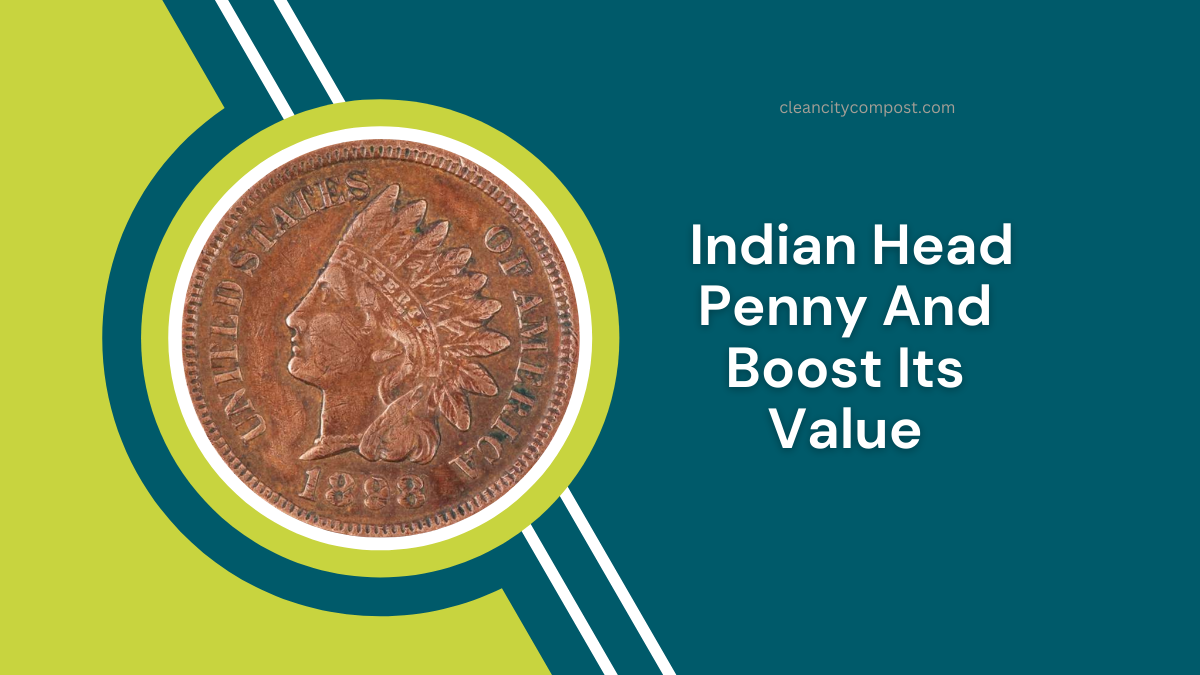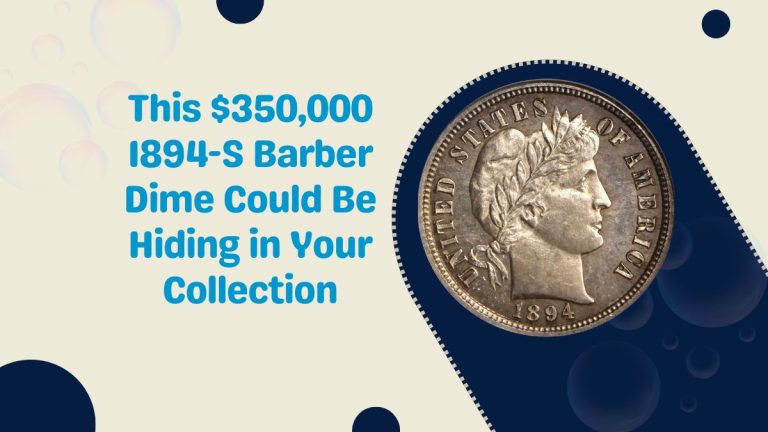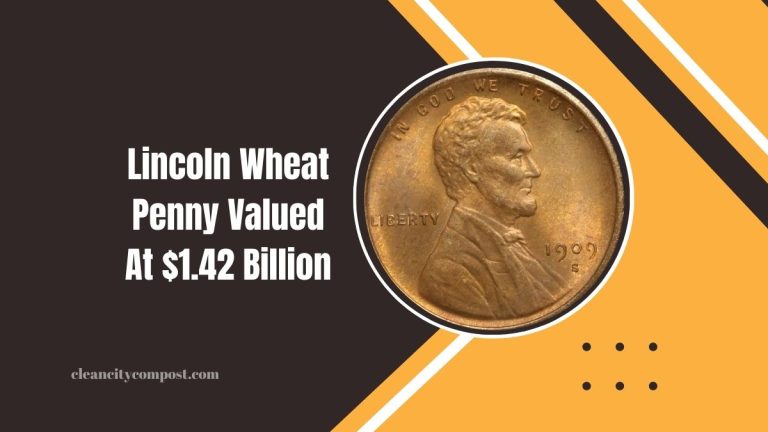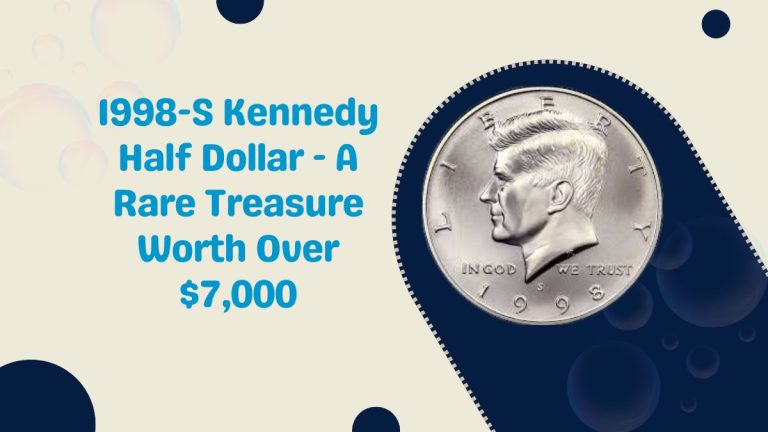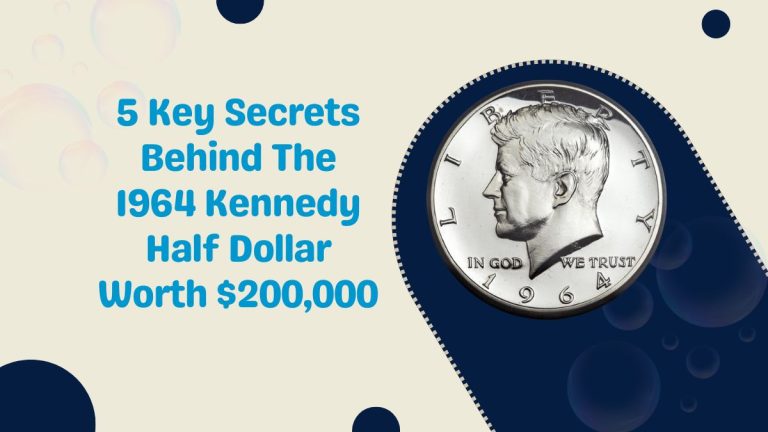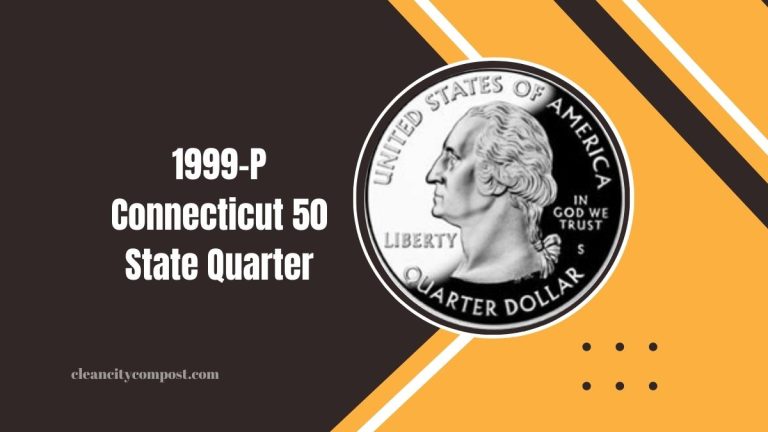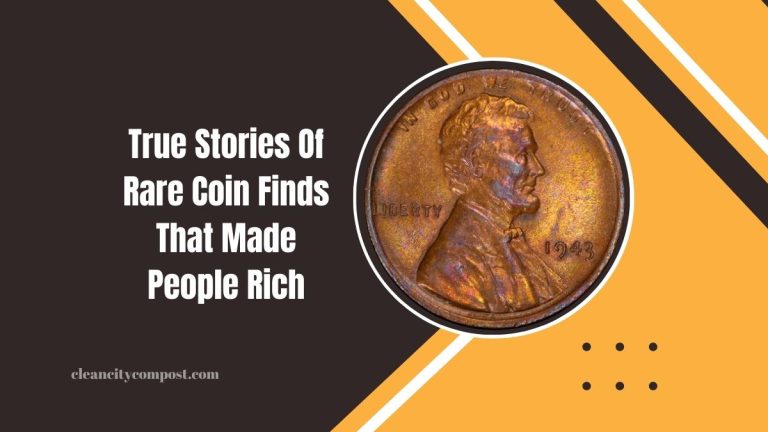7 Steps To Grade Your Indian Head Penny And Boost Its Value
Grading coins, especially an iconic collectible like the Indian Head Penny, is essential for collectors and investors.
Accurate grading helps determine the penny’s value, rarity, and overall desirability. In this article, we break down the grading process into manageable steps, helping you recognize the different conditions your Indian Head Penny might fall into.
By following this guide, you’ll not only learn how to grade but also how to properly care for your collection.
Key Features of Indian Head Pennies
Indian Head Pennies are distinguished by their detailed design. The first step in grading involves understanding its defining characteristics.
These include the head of Liberty wearing a headdress, as well as the wreath and shield surrounding the date. Familiarizing yourself with these features will help you evaluate the condition of the coin.
Understanding the Grading Scale
The industry-standard scale used to grade Indian Head Pennies (and other coins) is the Sheldon Scale. This scale ranges from 1 (Poor) to 70 (Perfect).
Each number within this scale represents the coin’s level of wear and detail. Understanding this system is crucial for accurate assessment.
Inspecting the Coin for Wear and Tear
Coins naturally degrade over time due to circulation. When grading an Indian Head Penny, you should examine areas where wear is most likely to show, such as the details of the headdress, the date, and the word “Liberty.”
Coins with significant wear typically receive a lower grade, while coins with sharper details command higher prices.
Looking for Signs of Cleaning
One of the most important things to remember when grading any coin is the impact of cleaning.
Coins that have been cleaned will often show unnatural surface marks or discoloration, which can significantly lower their grade. Be cautious when purchasing or grading a cleaned coin.
Evaluating the Coin’s Luster and Surface Quality
A coin’s luster refers to its shine and reflectivity, which is especially important in higher-grade coins. An Indian Head Penny that has retained its luster will usually appear more appealing to collectors.
A shiny surface is typically associated with higher-grade coins, while a dull surface may signal that a coin is lower in quality.
Considering the Rarity and Mint Mark
The rarity of a coin can influence its grade. Coins from certain years or mint marks (such as “S” for San Francisco or “D” for Denver) are rarer and can be worth more.
Knowing the rarity of your specific Indian Head Penny is crucial for assigning the right value and grade.
Using Professional Grading Services
If you’re uncertain about the condition or grade of your Indian Head Penny, using a professional grading service can offer peace of mind.
Companies like PCGS (Professional Coin Grading Service) and NGC (Numismatic Guaranty Corporation) offer accurate grading, ensuring that your penny’s value is correctly assessed.
| Coin Grade | Description | Visual Clarity | Coin Value Impact | Rarity Consideration |
|---|---|---|---|---|
| Good (G) | Heavily worn, with barely visible details | Low clarity | Low value | Common |
| Fine (F) | Moderate wear, with clearer details | Moderate clarity | Moderate value | Common |
| Extremely Fine (XF) | Light wear with most details intact | High clarity | High value | Uncommon |
| Mint State (MS) | Uncirculated, with full luster and sharp details | Excellent clarity | Very high value | Rare |
FAQs
How do I determine the grade of my Indian Head Penny?
The grade depends on examining the wear on specific details, overall luster, and surface quality. Using the Sheldon Scale helps evaluate these aspects.
Can cleaning affect the grading of my Indian Head Penny?
Yes, cleaning can significantly damage a coin’s surface, which lowers its grade and market value.
Should I use professional grading services for my penny?
If you’re uncertain about the coin’s grade, professional grading services like PCGS or NGC are recommended for an accurate assessment.
What is the most valuable grade for an Indian Head Penny?
Coins in Mint State (MS) condition, especially uncirculated ones, are generally the most valuable.

